- Handan, the political, economic and cultural center of northern China during the Warring States Period

Handan, Hebei has a long history and is a national historical and cultural city. As early as 8,000 years ago, there was human reproduction here, which gave birth to the early Neolithic Cishan culture; during the Warring States Period, Handan was the capital of Zhao State for 158 years and was the political, economic, and cultural center of northern China at that time. The birthplace of the compass; after the Qin unified China, it became one of the 36 prefectures and prefectures in the world; the Han Dynasty shared the fame of the five capitals with Chang'an, Luoyang, Linzi and Chengdu; at the end of the Eastern Han Dynasty, Cao Wei established the capital in the southern Yecheng area of Handan; during the Northern Song Dynasty, Handan The daming in the east became the companion capital of Bianliang, the capital of the Northern Song Dynasty.

The Toddler Bridge is located in Chuancheng Street (Handan Road), the main city of Handan City, Hebei Province. It was originally a wooden bridge structure. Due to frequent flooding, it was converted into an arch-shaped stone bridge in the 45th year of Wanli in the Ming Dynasty (1617). The bridge is 32 meters long, 9 meters wide, and 8 meters high. There are 19 barriers and 18 observation pillars on each side, all carved with historical figures and exquisite lions, monkeys and other animals. There are three bridge holes under the bridge, four small holes are attached to both sides of the bridge holes, and the center of the three bridge holes is carved with a lion head looking down. Although the scale of the bridge is small, it has a solid structure, beautiful appearance, and artistic style of national bridge architecture.
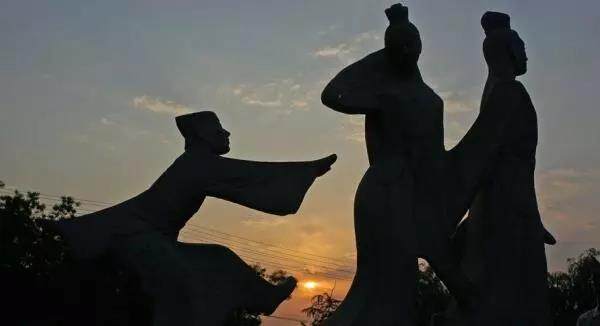
Next to the ancient bridge, there is a stone sculpture of a young man crawling behind a pair of elegant footsteps. It vividly depicts the allusion of Handan toddlers. The bridge got its name from then on.
Building structure
On the river embankments at the north and south ends of the Toddler Bridge is a landscape garden with idioms as the main atmosphere. The fences around the green belt are made into columns, and each column head is engraved with an image that reflects the ancient historical relics of Handan, which embodies the heroic and tragic background of the Yanzhao culture in northern China. The representative of the Northern Qi grotto art Xiangtang Grottoes, the bronze bird Chunshen which embodies the Three Terraces of Yecheng, there are also the Lanling Zhenqu, the Second Ancestor Wuchan, Tai Chi Zhongxing, Wang Lang and so on. There are various idiom statues scattered around the park. The most beautiful one is a huge stone engraved with Handan idioms written by calligraphers from all over the world. The idioms on the stone are read one by one. The idiom almost completely depicts the ancient history of Handan, and contains many fables and anecdotes about Handan.

The Xuebu Bridge Plaza takes Handan’s history and culture as its main line. According to Handan’s idioms, folklore, and important historical events, it uses ancient bridges, rivers, antique buildings, sculptures, stone carvings, plants, etc. to skillfully integrate ancient Zhao culture with natural gardens. The organic combination creates a unique garden cultural landscape. Handan is the hometown of Chinese idioms and allusions. According to research, there are more than 200 idioms allusions directly from Handan. People in Handan have a special liking for idioms allusions, and they can say a dozen or so casually, such as Hufu riding and shooting, self-recommendation, talk about soldiers on paper, keep a promise, etc. All idioms allusions have a moving historical story or legend.
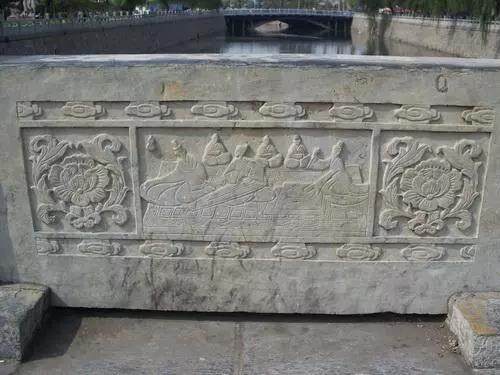
building style
The use of arc arches has changed the traditional semi-circular arches of large stone bridges in China. The arches of ancient Chinese stone bridges are mostly semi-circular. This form is relatively beautiful and complete, but there are two defects: one is the inconvenience of traffic. The semi-circular arch is more suitable for bridges with relatively small spans, while large The use of a semi-circular arch for a span bridge will make the top of the arch very high, causing the bridge to have high slopes and steep slopes. Second, the construction is unfavorable, and the scaffolding used for the semi-circular arch stone masonry will be very high, which increases the risk of construction. For this reason, the toddler bridge adopts the arc arch form, which greatly reduces the height of the stone arch, and realizes the dual purpose of low bridge deck and large span. The bridge deck transitions smoothly, and it is very convenient for vehicles and pedestrians. It also saves materials and construction Convenience and other advantages.
It adopts a small shoulder, that is, two small arches are set at each end of the big arch. This kind of large arch plus small arch has excellent technical performance. First of all, it can increase flood discharge capacity and reduce the impact of flood on the bridge caused by the increase in water volume during flood season. Secondly, the flat shoulder arch can save a lot of earth and rock materials than the solid shoulder arch, reduce the self-weight of the bridge body, thereby reducing the vertical pressure and horizontal thrust of the bridge body on the abutment and foundation, and increase the stability of the bridge. Third, the beauty of the shape is increased. The four small arches are balanced and symmetrical. The large arch and the small arch form a complete picture, which is lighter and more beautiful, reflecting the complete unity of architecture and art. Fourth, in line with the theory of structural mechanics, the shoulder arch structure puts the bridge in a favorable condition when bearing the load, reduces the deformation of the main arch ring, and improves the bearing capacity and stability of the bridge.
Single hole. In ancient Chinese traditional construction methods, generally longer bridges are often porous, so that the span of each hole is small and the slope is gentle, making it easy to build. However, porous bridges also have shortcomings. For example, there are many bridge piers, which are not conducive to the navigation of boats and prevent flood discharge; bridge piers are subject to the impact and erosion of water for a long time, and they are easy to collapse over time. Editor/He Yuting
Comment
 Praise
Praise
 Collect
Collect
 Comment
Comment
 Search
Search


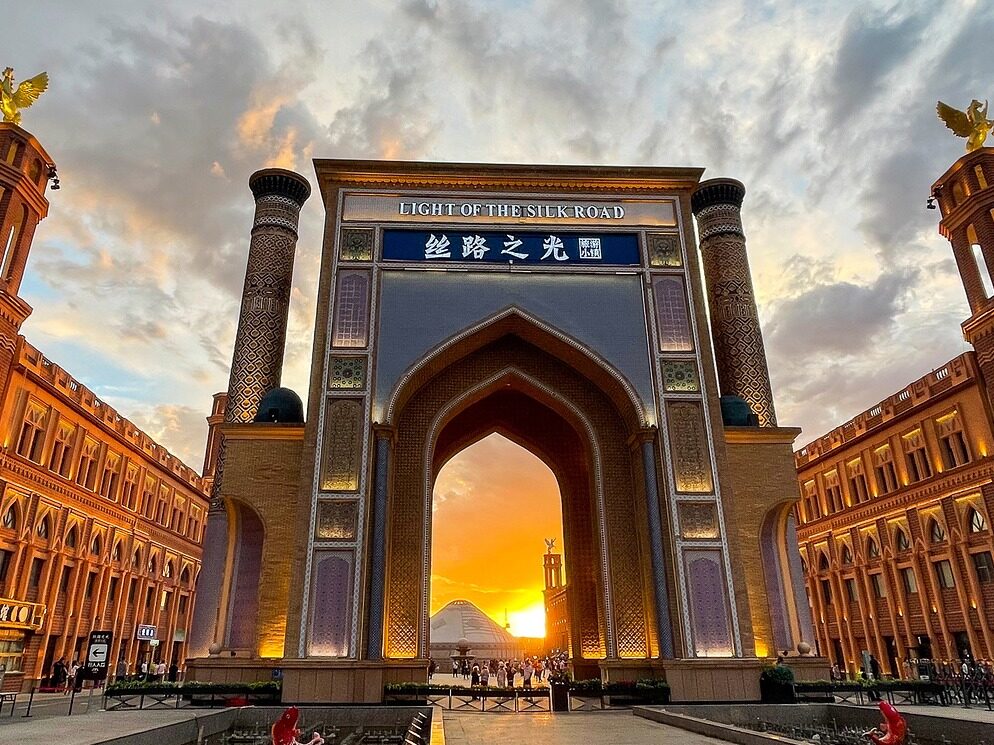


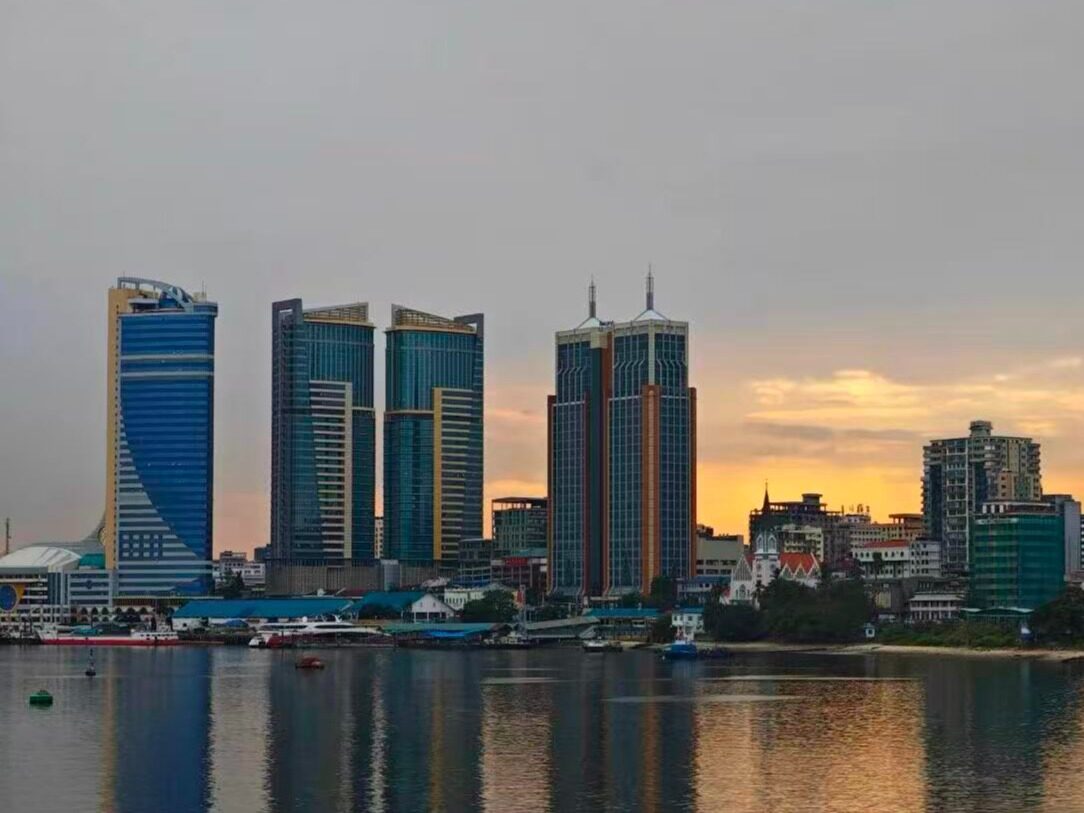
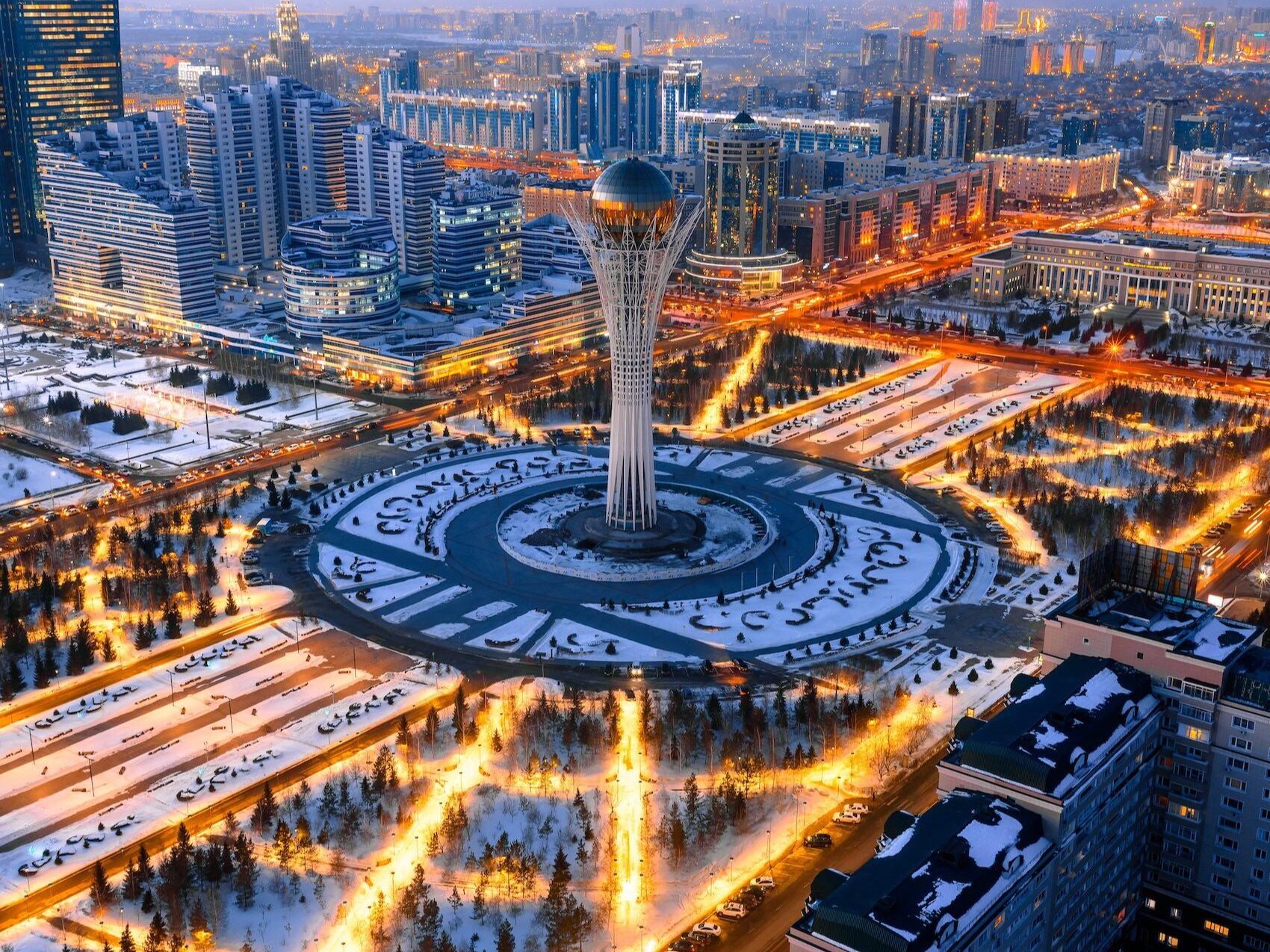







Write something~